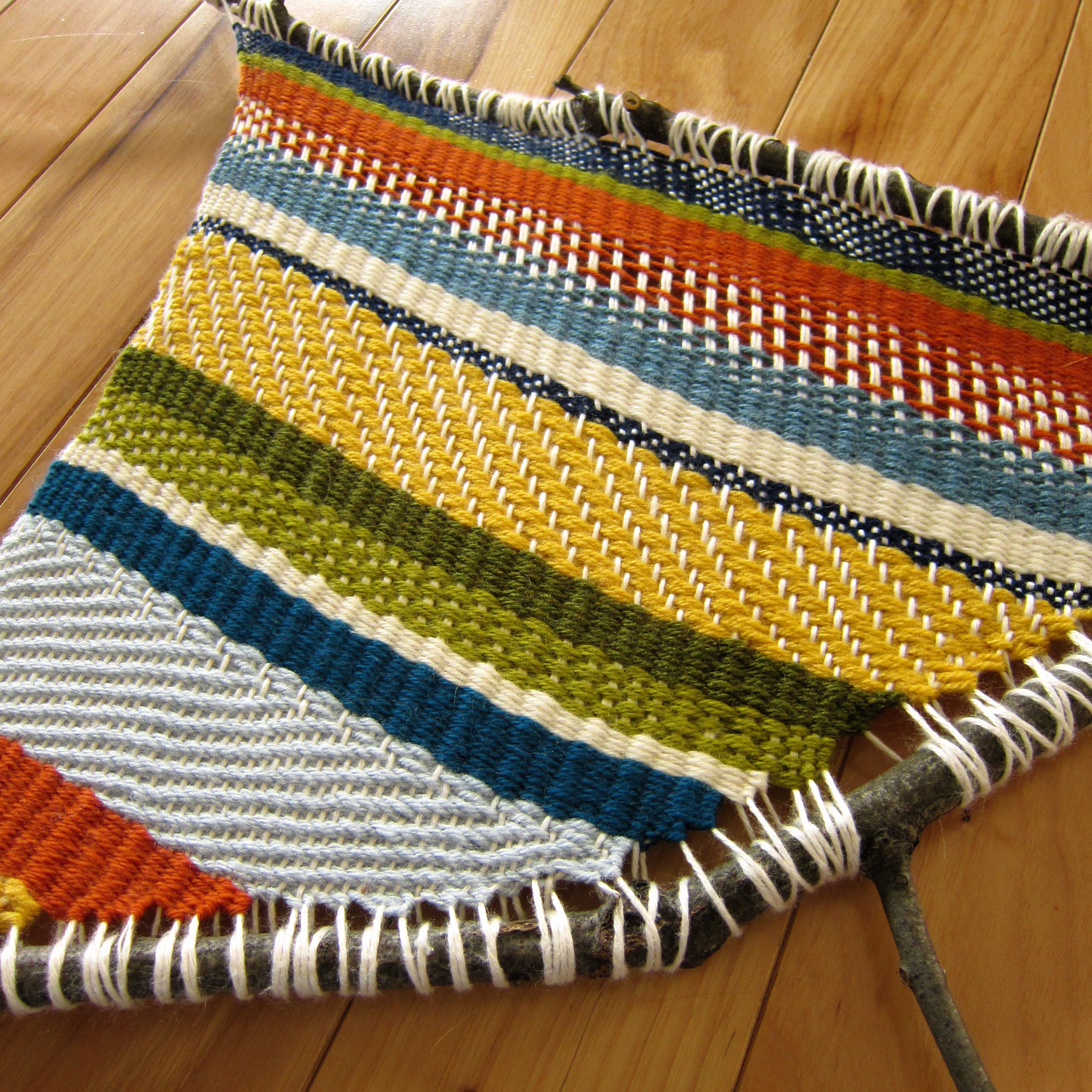


I think that connection is what using handspun brought to my weaving. The process is beautiful, but I never got the same feeling of connection to this land I live in by using beautifully cleaned and prepared fiber that had been given to me by friends or that I have bought at yarn stores or fiber fests. Weaver: Limitless Horizons Ixil Partner Weaver Technique: Backstrap loom weaving Dimensions: 1. “I haven’t gone much further with spinning wool or other fibers for my weaving. Ixils (LHI) education programs and community library. Also, you need to get used to the fact that sheds will not open cleanly extra-gentle effort is needed to clear them. In primitive societies it provides a weaving device at very little cost. Although this loom may pre-date history, it is still in use today. You need to use the gentlest possible method to raise the heddles and open sheds. The backstrap loom is a very ancient type of weaving device. The warp needs to be advanced as often as possible so that the heddles and rods are not sitting on any one spot for too long.
#Backstrap loom how to#
You do need to know how to operate a backstrap loom well to deal with this. The first time I was given some beautifully prepared alpaca to spin, it slipped through my fingers with buttery smoothness-almost like cheating after that tough llama! I felt it would be a crime to put hard twist into the yarn, so I spun it as a softer, balanced yarn. However, I soon found that yarn does not need to be ‘ over-twisted’ to stand up to the abrasion of warp-faced weaving. “Traditional warp-faced woven textiles often have a high-twist warp. When the threads are placed as close together as they are in warp-faced textiles, differences in girth and twist are no longer apparent everything looks wonderfully even. I look at things that I have woven with my handspun llama and alpaca fiber and can’t believe that the yarn came from my hands. From backstrap weaving to spinning to knitting, fiber arts have always been integral to the warmth, welfare & cultural identity of Andean families. “I have found that warp-faced weaving is extremely flattering for one’s handspun yarn. But I just loved the fact that the fiber from that rough old llama living in those tough, dusty conditions up in the highlands became yarn and then some pretty decent cloth. Then I dyed some of it with cochineal and spearmint leaves and wove some more. It was a struggle to clean and prepare and gave me asthma. The llama was dry, brittle, filthy stuff, but I didn’t know any better. “I bought a big sack of llama fiber from a woman while I was wandering the back roads in highland Bolivia (affiliate link) and learning more about spinning back in 2002. In the Summer 2019 issue of Spin Off, Devin asked three weavers about their own handspun, handwoven work. Devin Helmen says, “I have always been a spinner, first and foremost-only afterwards a knitter and later a weaver.” Devin’s weaving journey has always been handspun focused.


 0 kommentar(er)
0 kommentar(er)
